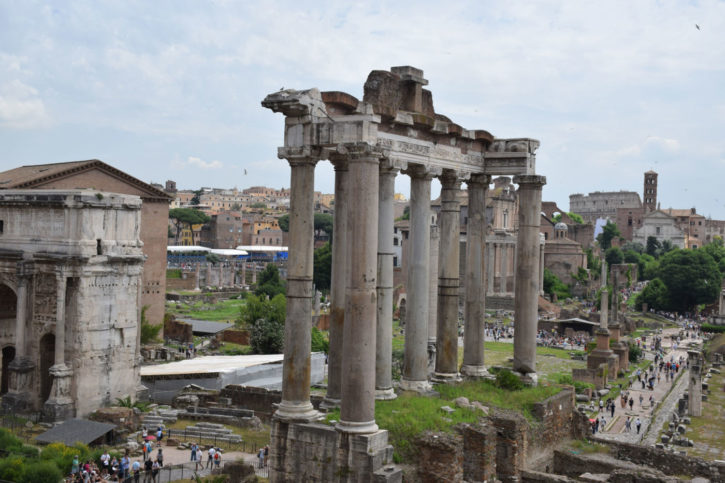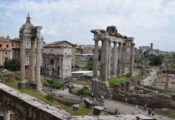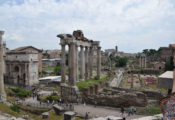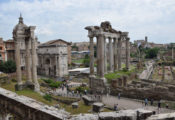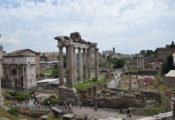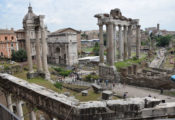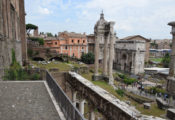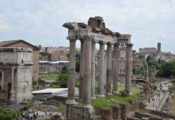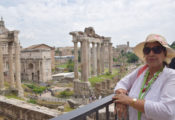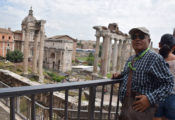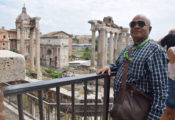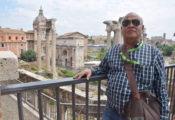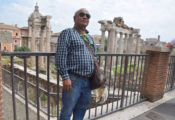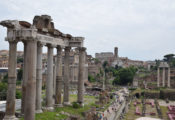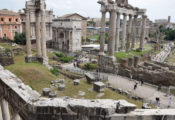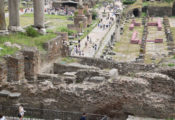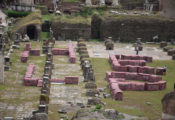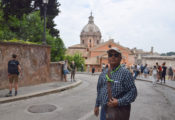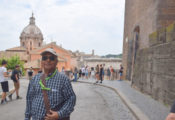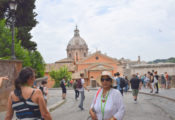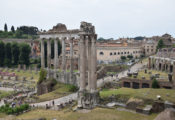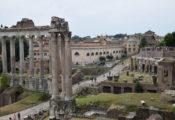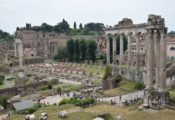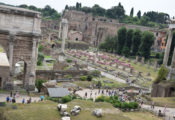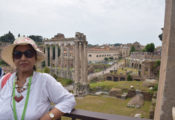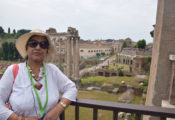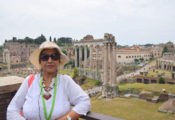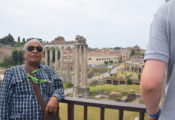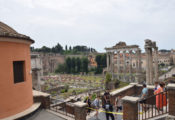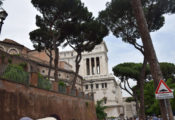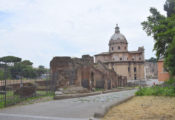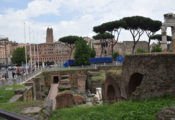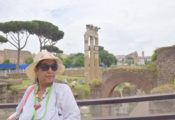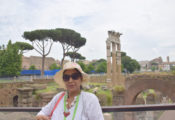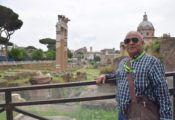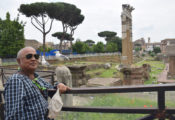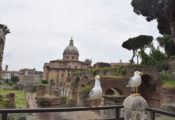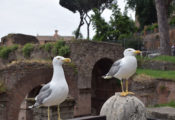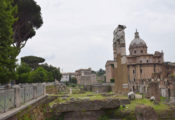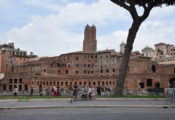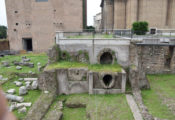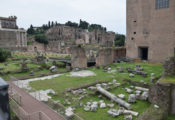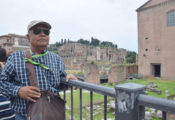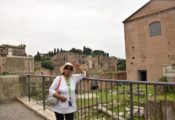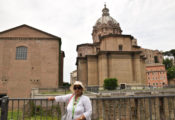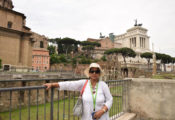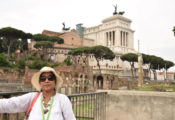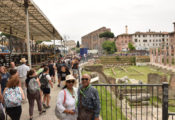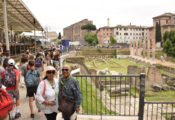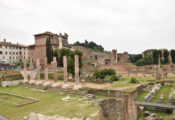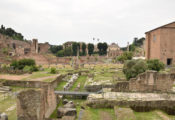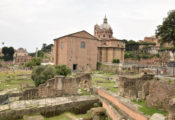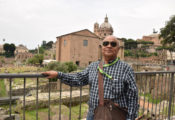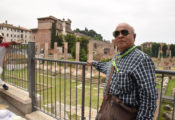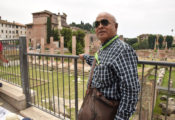The Roman Forum, is a site located at the center of the ancient city of Rome and the location of important religious, political and social activities. Roman people first began meeting in the open-air Forum around 500 B.C., when the Roman Republic was founded. The rectangular-shaped area, sited on low-lying land between Palatine Hill and Capitoline Hill, was home to many of the ancient city’s most impressive temples and monuments.. From what was marshland the Romans drained the area and turned it into a center of political and social activity. The Forum was the marketplace of Rome, and later a gathering space for triumphal processions, criminal trials and gladiatorial matches.
The Roman Forum was home to some of the oldest and most important buildings in the ancient city – Today is a mass of ruins, including shrines and temples, such as the House of the Vestal Virgins. The most ancient monuments at the Roman Forum are from the first kings of Rome, dating back to the sixth century BC.
The Forum was then abandoned sometime in the Middle Ages, and over time, buried under layers of earth, Some temples were transformed into churches, allowing their preservation in the course of time.
During the Renaissance period, the area of the Roman Forum was used as a marble and stone quarry, until 1898 that excavations began to be carried out, revealing what we see today. The Roman Forum is one of the most famous tourist sites in the world. Walking through the forum, now in the middle of a throbbing modern city, is like stepping back two millennia into the heart of ancient Rome. Although what survives of this center of Roman life and government shows only a small fraction of its original splendor, the standing and fallen columns, its triumphal arches, and remains of its walls still impress, especially when you consider that for centuries, the history of the Forum was the history of the Roman Empire and of the western world. Roman political and religious life was centered here, along with the courts, markets, and meeting places. After the seventh century, the buildings fell into ruin, and churches and fortresses were built amid the ancient remains. Its stones were quarried for other buildings and it was not until the 18th and 19th centuries that systematic excavations brought the ancient buildings to light from under a 10-meter layer of earth and rubble. Highlights not to miss are the Temple of Antoninus Pius, the Temple of Castor and Pollux, the Temple of Saturn, the Arch of Septimus Severus, the Curia, the Temple of Vesta, and the Arch of Titus.

